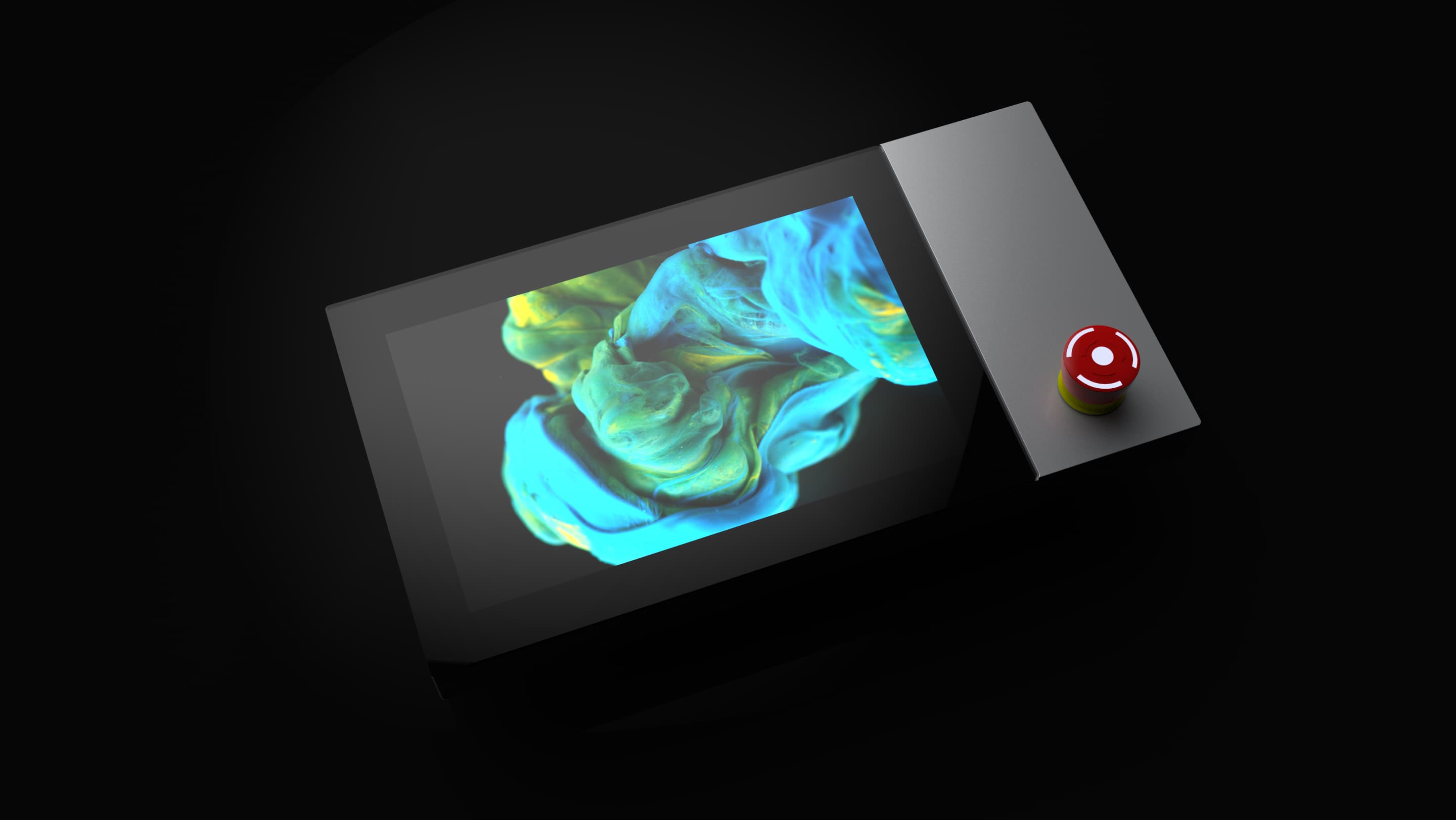In the realm of embedded Human-Machine Interfaces (HMIs), the selection of an appropriate touch screen technology is paramount. Among the various options available, Projected Capacitive (PCAP) touch screen technologies stand out as the premier choice. This article delves into the reasons behind this preference, exploring the superior attributes of PCAP touch screens that make them ideal for embedded HMI applications.
Understanding PCAP Technology
Projected Capacitive (PCAP) touch screens operate on the principle of capacitive sensing. Unlike resistive touch screens that rely on physical pressure, PCAP screens detect touch through the electrical properties of the human body. This technology involves a matrix of rows and columns of conductive material, which creates an electrostatic field. When a finger (or a conductive stylus) approaches the screen, it disturbs this field, allowing the device to register the touch point.
Enhanced Durability and Longevity
One of the primary reasons PCAP touch screens are favored in embedded HMI systems is their exceptional durability. The glass layers used in PCAP screens are robust and resistant to scratches, impacts, and other forms of physical damage. This makes them suitable for industrial environments where screens may be subjected to harsh conditions. Unlike resistive touch screens that can wear out over time due to repeated pressure, PCAP screens maintain their functionality over long periods, ensuring longevity and reliability.
Superior Touch Sensitivity and Multi-Touch Capability
PCAP touch screens offer remarkable touch sensitivity, capable of detecting even the slightest touch with high accuracy. This sensitivity extends to multi-touch capabilities, enabling the recognition of multiple touch points simultaneously. This feature is crucial for modern HMIs, which often require complex gesture controls such as pinching, zooming, and swiping. The ability to support multi-touch gestures enhances the user experience, making interactions more intuitive and efficient.
High Optical Clarity and Aesthetic Appeal
The visual clarity of PCAP touch screens is another significant advantage. The glass surface provides high transparency and excellent light transmission, resulting in clear and vibrant displays. This is particularly important in embedded HMI applications where readability and display quality are critical. Moreover, the sleek and modern appearance of glass enhances the aesthetic appeal of devices, making them more attractive to end-users.
Resistance to Environmental Factors
Embedded HMIs are frequently used in environments that expose them to various contaminants, such as dust, water, and chemicals. PCAP touch screens are designed to withstand these challenging conditions. Their sealed construction prevents the ingress of dust and moisture, ensuring reliable operation even in adverse environments. Some PCAP screens are even designed to work when wet or with gloved hands, broadening their applicability in diverse settings.
Ease of Integration and Customization
The integration of PCAP touch screens into embedded systems is relatively straightforward. They are compatible with a wide range of operating systems and can be easily interfaced with various types of microcontrollers and processors. Additionally, PCAP technology supports extensive customization options. Screen sizes, shapes, and surface treatments can be tailored to meet specific requirements, providing flexibility for designers to create unique HMI solutions.
Enhanced User Experience and Interface Design
User experience is at the heart of any HMI system, and PCAP touch screens excel in this regard. The responsiveness and accuracy of PCAP technology provide a seamless and engaging user interaction. The ability to recognize multiple touch points and gestures allows for sophisticated interface designs that can simplify complex operations. This results in more user-friendly interfaces, reducing the learning curve for operators and improving overall efficiency.
Robust Performance in Various Lighting Conditions
Lighting conditions can significantly impact the performance of touch screens. PCAP touch screens are designed to perform well under different lighting conditions, including direct sunlight. Their high optical clarity ensures that the display remains readable, and the touch functionality remains unaffected by ambient light. This is crucial for outdoor applications or environments with variable lighting.
Advanced Security Features
In applications where security is a concern, PCAP touch screens offer advanced features to enhance security. For instance, they can be designed to work only with specific conductive materials, reducing the risk of unauthorized access. Additionally, the sensitivity of PCAP screens can be adjusted to ignore false touches from objects or unintended contact, ensuring that inputs are deliberate and accurate.
Cost-Effectiveness Over Time
While the initial cost of PCAP touch screens may be higher compared to other technologies, their long-term cost-effectiveness is noteworthy. The durability and longevity of PCAP screens mean reduced maintenance and replacement costs. Their robust performance and reliability also minimize downtime, leading to higher productivity and lower total cost of ownership over the lifespan of the HMI system.
Future-Proof Technology
The rapid advancements in touch screen technology continually push the boundaries of what is possible. PCAP technology, with its inherent flexibility and scalability, is well-positioned to adapt to future developments. This future-proof nature ensures that HMI systems incorporating PCAP touch screens remain relevant and capable of integrating new features and functionalities as they emerge.
Conclusion
In the dynamic landscape of embedded Human-Machine Interfaces, PCAP touch screen technologies have emerged as the definitive choice. Their superior durability, touch sensitivity, optical clarity, environmental resistance, and ease of integration make them unparalleled in performance. By enhancing user experience and interface design, offering robust performance in various conditions, and providing long-term cost-effectiveness, PCAP touch screens stand out as the best option for modern HMI applications. As technology continues to evolve, PCAP's adaptability ensures it will remain at the forefront of touch screen solutions, driving innovation and efficiency in embedded systems for years to come.

